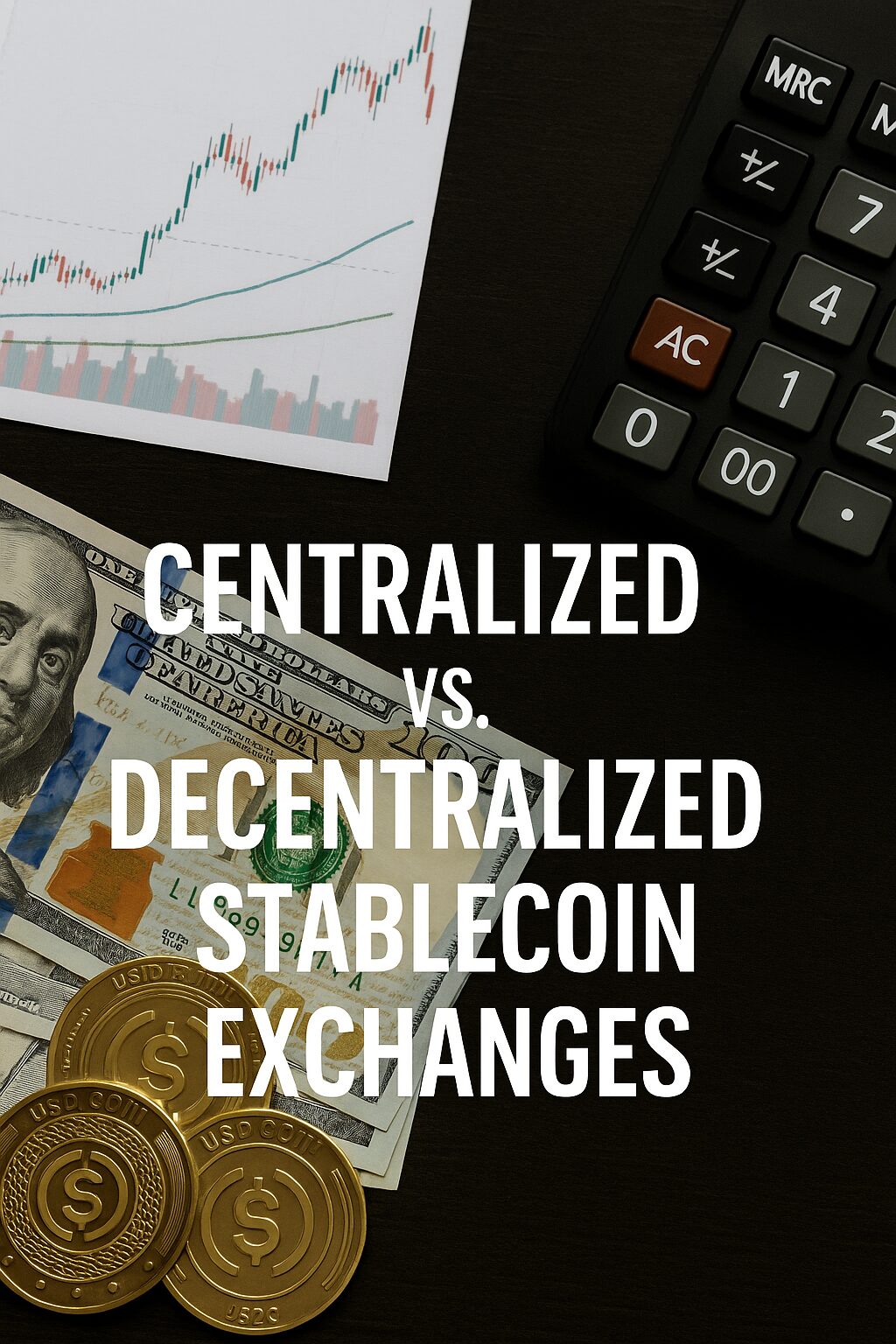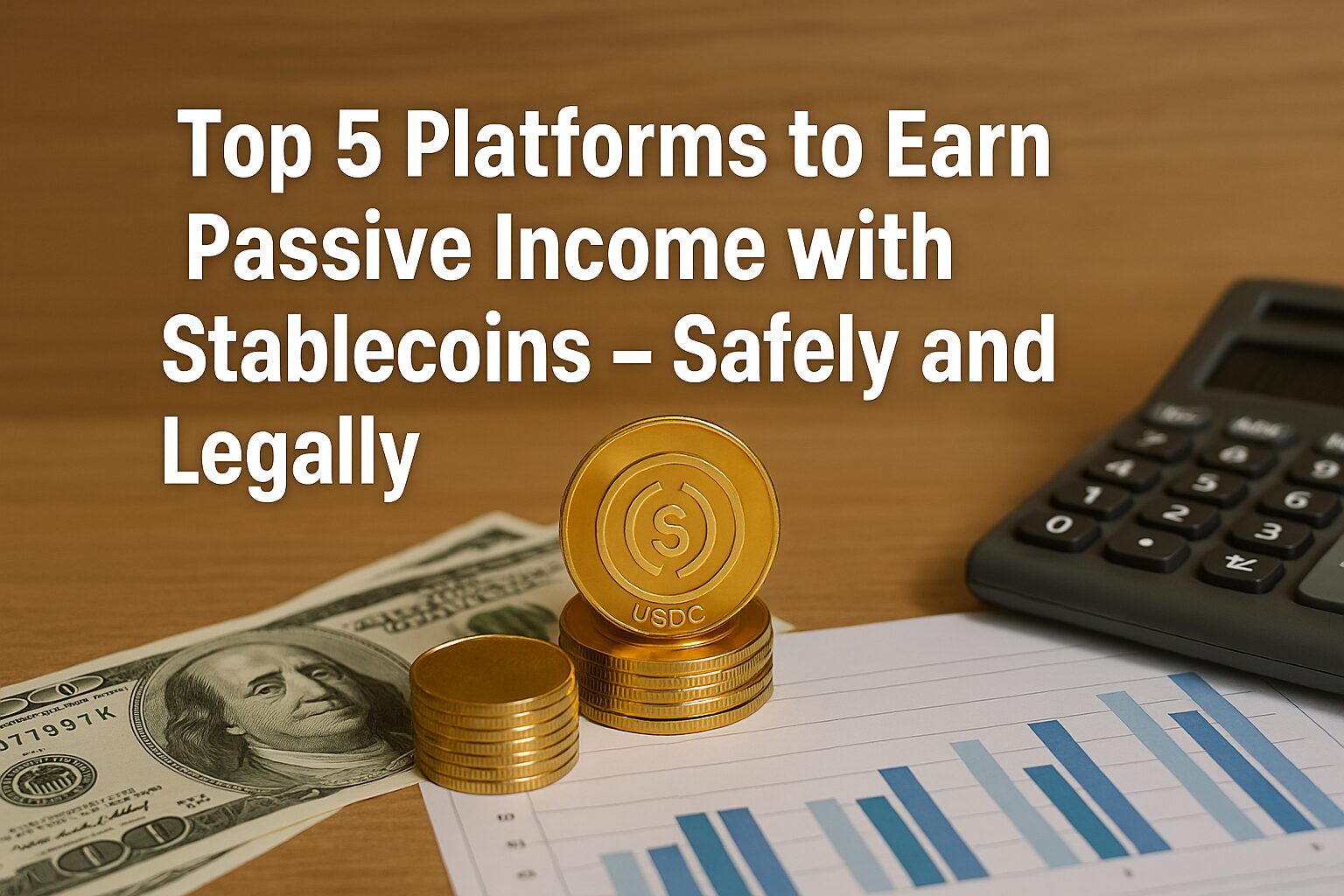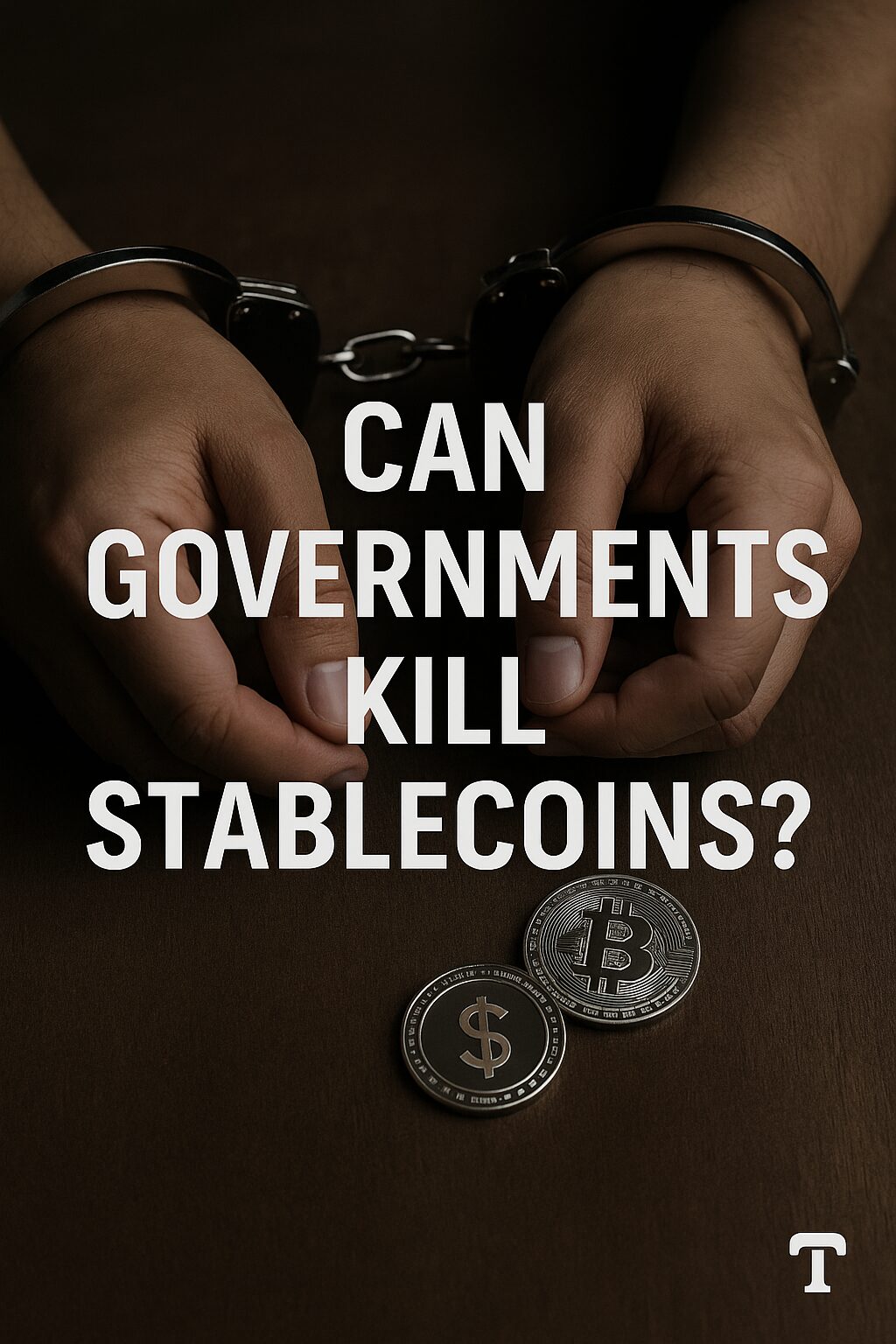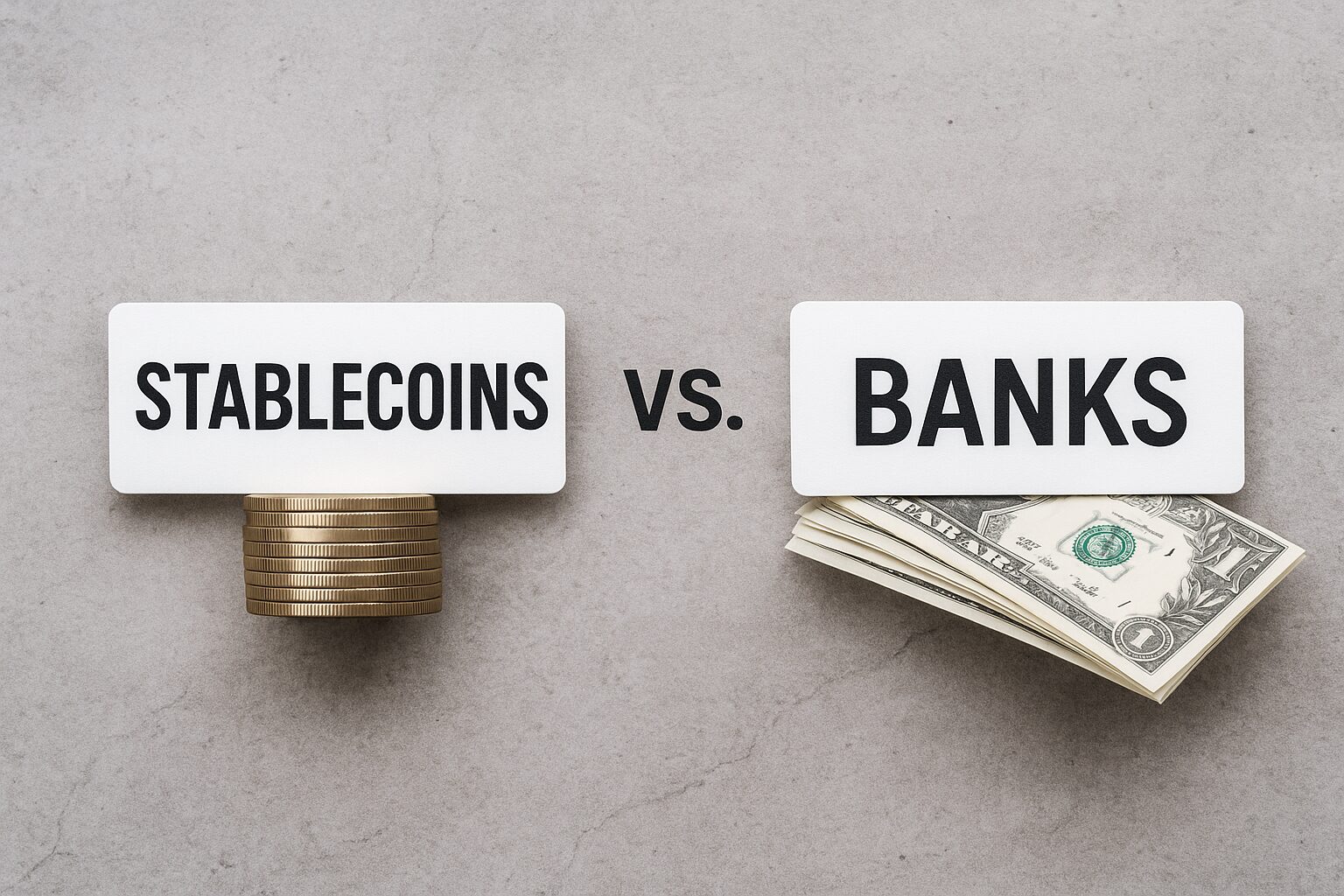Real estate has long been a pillar of wealth generation. But as blockchain technology transforms financial markets, a new question arises:
Will decentralized tokenized real estate replace traditional REITs (Real Estate Investment Trusts)?
This article compares these two powerful investment models — highlighting their core structures, benefits, risks, and which may offer better long-term passive income in a global, digital-first world.
1. What Are REITs?
REITs are companies that own, operate, or finance income-producing real estate. They are traded on stock exchanges and pay dividends to investors from rental income and property sales.
Key Features of REITs:
- Publicly traded or private
- Must distribute at least 90% of taxable income as dividends
- Accessible via stock brokers
- Backed by real property assets
- Offers liquidity and steady dividends
REITs are regulated and have a strong track record, especially in mature markets like the U.S., Canada, and Singapore.
2. What Is Decentralized Real Estate?
Decentralized real estate refers to blockchain-based tokenization of physical property. Instead of buying stock in a REIT, investors buy digital tokens that represent ownership of real-world properties.
Key Features:
- Tokenized ownership recorded on a blockchain
- Often managed by smart contracts
- Fractional access — invest with as little as $50
- Global investor access
- Yields distributed automatically via tokens
This model eliminates many intermediaries and enhances transparency.
3. Structure Comparison
| Feature | Traditional REITs | Tokenized Real Estate |
|---|---|---|
| Ownership | Shares in a company | Direct tokenized property claim |
| Minimum Investment | ~$1,000–$5,000 | As low as $50 |
| Accessibility | Country-dependent | Global |
| Dividend Distribution | Quarterly or annually | Daily or monthly (smart contract) |
| Liquidity | High (if public REIT) | Medium (depends on platform) |
| Regulation | SEC or similar agencies | Often compliant via Reg D/S |
| Transparency | Moderate | High (on-chain and auditable) |
4. Performance & Returns
REITs:
- Average annual returns historically: 8–10%
- Lower short-term volatility than equities
- Stronger in developed property markets
Tokenized Real Estate:
- Projected annual returns: 6–12%, depending on platform
- Daily or monthly income streams via smart contracts
- Return structure varies per platform and jurisdiction
5. Risk Profiles
REIT Risks:
- Subject to market fluctuations (like equities)
- Centralized management decisions
- Subject to national interest rate cycles
- May involve hidden fees and low investor control
Tokenized Real Estate Risks:
- Platform risk (new market, possible failure)
- Smart contract vulnerabilities
- Regulatory gray areas in some countries
- Illiquidity if no secondary market exists
Diversification and due diligence are essential in both cases.
6. Global Access and Tax Efficiency
REITs:
- Often restricted by country of domicile
- Withholding tax may apply to foreign investors
- Requires traditional brokerage account
Tokenized Real Estate:
- Available to global investors via Web3 wallets
- Some platforms offer Reg S offerings for non-U.S. citizens
- Some use tax-optimized jurisdictions for better net returns
7. Use Cases — Who Should Choose What?
| Investor Type | Best Fit |
|---|---|
| Conservative income seeker | REIT (established dividends) |
| Global digital native | Tokenized real estate |
| Small capital investor | Tokenized (fractional) |
| Large-scale institutional | REIT or hybrid fund |
| Crypto-native seeking yield | Tokenized platforms |
Both options can coexist within a diversified income portfolio.
8. Real Platform Examples
REITs:
- Vanguard Real Estate ETF (VNQ)
- Realty Income Corp (O)
- Prologis, Simon Property Group
Tokenized Real Estate:
- Lofty.ai – Daily rent payouts
- RealT – Ethereum-based token properties
- SolidBlock – Commercial real estate tokens
- HoneyBricks – Multifamily syndications
9. The Future: Hybrid Investment Models?
A growing number of platforms are combining REIT structure with blockchain benefits, creating regulated, tokenized REITs.
- Fully compliant
- Globally accessible
- Tradable 24/7
- Automated yield distribution
This hybrid future could offer the best of both worlds: regulatory protection + Web3 accessibility.
Conclusion
Decentralized real estate and REITs both offer compelling opportunities for passive income. But they differ in accessibility, control, transparency, and risk.
In the digital age, tokenized real estate presents a more inclusive and efficient alternative, especially for global investors seeking smaller entry points and programmable income.
Still, REITs remain a trusted pillar of institutional portfolios.
The wisest strategy? Use both — but know their differences and strengths.
📌 Coming Up Next
How to Legally Optimize Your Taxes on Stablecoin Income — Without Breaking the Rules
→ In the next article, we’ll walk you through international tax strategies for managing stablecoin interest income in full legal compliance — from tools to jurisdictions.







